I have a time series with multiple days of data. In between each day there's one period with no data points. How can I omit these periods when plotting the time series using ggplot2?
An artificial example shown as below, how can I get rid of the two periods where there's no data?
code:
Time = Sys.time()+(seq(1,100)*60+c(rep(1,100)*3600*24, rep(2, 100)*3600*24, rep(3, 100)*3600*24))
Value = rnorm(length(Time))
g <- ggplot()
g <- g + geom_line (aes(x=Time, y=Value))
g


